The crucial developmental stages that young children go through in the early years of formal schooling are monumental! As an early years teacher, every single activity prepared is planned for a reason, whether it is to develop fine motor skills, to encourage crossing the midline, or simply to allow children to develop their imagination and cognitive skills. Early years teachers don’t just ‘play’ all day – every activity is planned to help a student’s developmental journey. One of these crucial brain functions is a child’s working memory.
This blog will highlight how to foster and develop a child’s working memory through activities and games in the classroom environment.
What is a Child’s Working Memory?
A child’s working memory is their ability to retain small chunks of information long enough so that it can be utilised for another action. For example, in mental computation, if a child is working out 24-6, in their mind they head towards a number ending in zero (20). Then they need to remember that they have taken away 4 and know that in order to take away 6 they have to take away 2 more to get the answer of 18. The storing of the little chunks of information to get to the answer is evidence of their working memory in action.
And, it’s not just mental maths that a child’s working memory comes into play. A child’s working memory plays an important part in other learning journeys including:
- remembering multi-step instructions
- developing listening skills
- comprehending texts and develop comprehension skills
- decoding unknown words, plus much more.
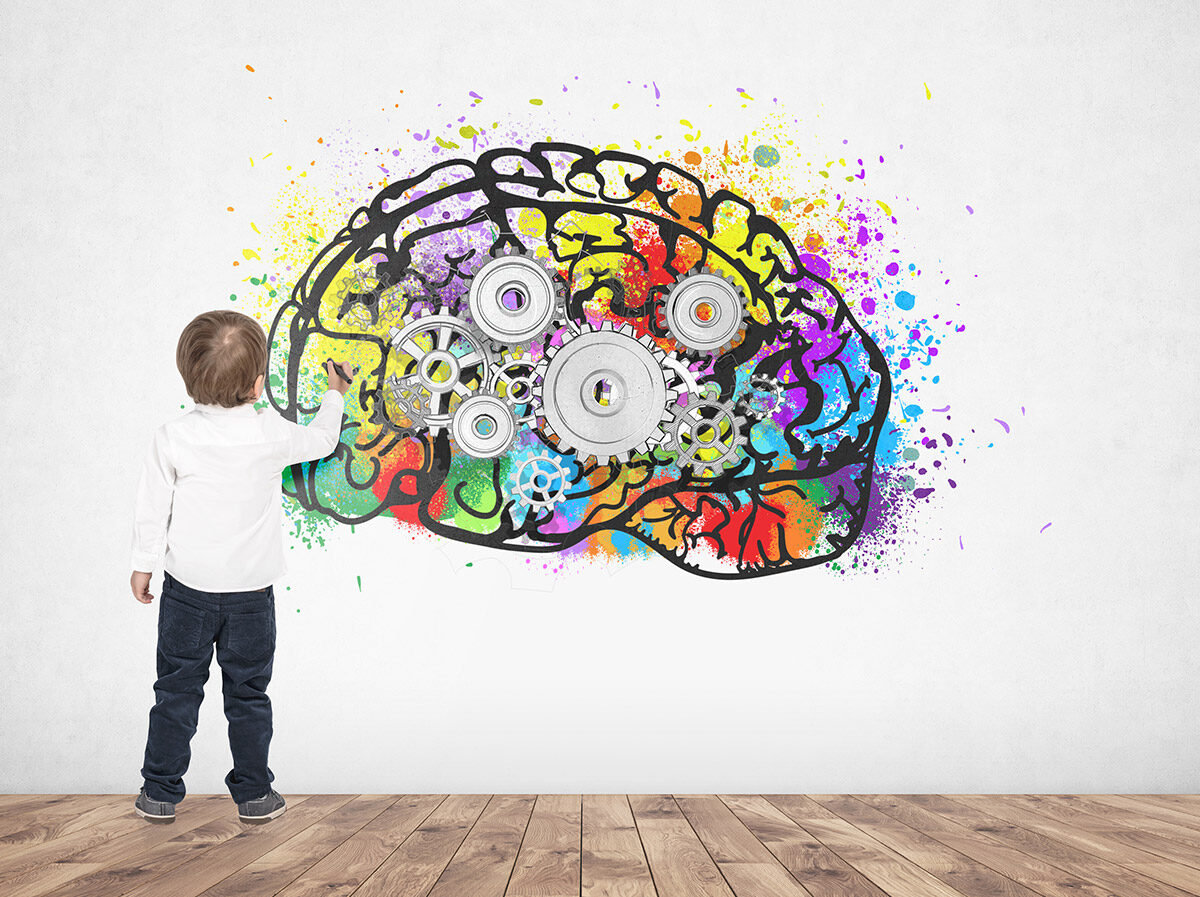
Shutterstock.com / ImageFlow
Games and Activities to Foster Working Memory in Kids
There are many learning opportunities that you can incorporate into your classroom environment to help support and develop your students’ working memory. Here are some fantastic printable resources as well as simple games and activities that you can easily implement.
(1) Listening Activities
Developing listening skills in students is a critical skill for children to develop and learn! Planning listening activities in the classroom is a great way to help students develop their working memory. Especially if there is an extra layer to the listening activity, such as listening and then doing.
This listening activity, Is it True? provides students with an image and then they are read a script. They need to decide if the description is accurate or not. Then, if it’s not accurate, they must decide what is wrong and provide a new sentence verbally.
Here are some fantastic printable listening activities:
[resource:2072722][resource:2096274][resource:2065190][resource:2079034]
(2) Play Games like Memory or Snap!
Games like memory or snap aren’t just good to help consolidate knowledge of new concepts taught. They are also good for a child’s working memory. Children need to either remember where a particular card was for memory or remember what card was put down before their card for a simple game of Snap!
Who would have thought the simple game of Memory could provide such cognitive development for our little learners? Here’s a cute Animal Memory Game.
Any flashcards that have matching objects can be used for these games – here are some printable flashcards that you may like to check out:
[resource:1963][resource:454379][resource:212843][resource:4106942]
(3) Encourage Children to Visualise
Getting children to visualise something in their mind and then either drawing what they see or talking about what they see is another activity that will encourage them to activate their working memory! Reading out a descriptive sentence of an object is a great place to start.

Shutterstock.com / fizkes
You could also read a short story and have your students visualise the setting of the story and then draw the setting.
(4) Play a Game of ‘What’s Missing?’
I even remember playing this as a child and it never gets boring! The best news is that all you need are some fun items to place on a tray or even just a wooden chopping board and a tea towel.
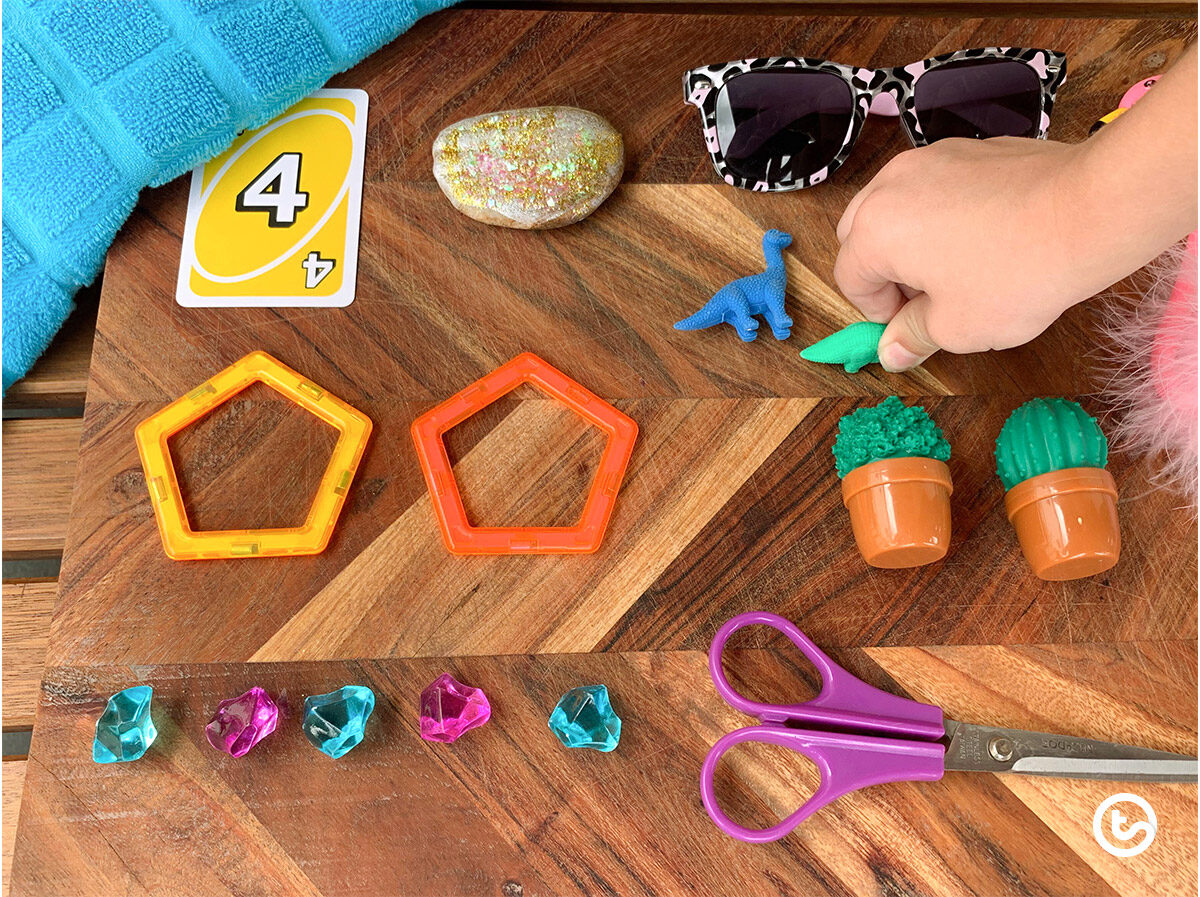
Have students scan all the items and then place the tea towel over the top and have your students close their eyes. Take one item away and then have students lift the tea towel and try and remember what item or items have been taken away.
This is also great for vocabulary development – why not pick items that all start with the same sound to add an extra learning element to this fun activity.
(5) Play Simon Says with Multiple Instructions
Simon Says is an oldie, but a goodie! By including two or more instructions into the mix, children are having to use their working memory to remember the first action and then the second.
Our “Simon Says” Instruction Cards are a great printable resource – you can even mix and match to bring a different element to the game!
(6) Include Multi-Sensory Activities
We all know that all humans learn in different ways, so it’s important to provide a variety of multi-sensory activities. This is one of my favourites as it’s outdoors and the kids love it!
This game is played in pairs. Draw four dots of different colours around each of the students – making sure the colours mirror the other person. Player one jumps on the coloured dots in a pattern while player two watches. Then, when player one has stopped, player two must copy the exact same pattern! You could also do this using the game Twister.
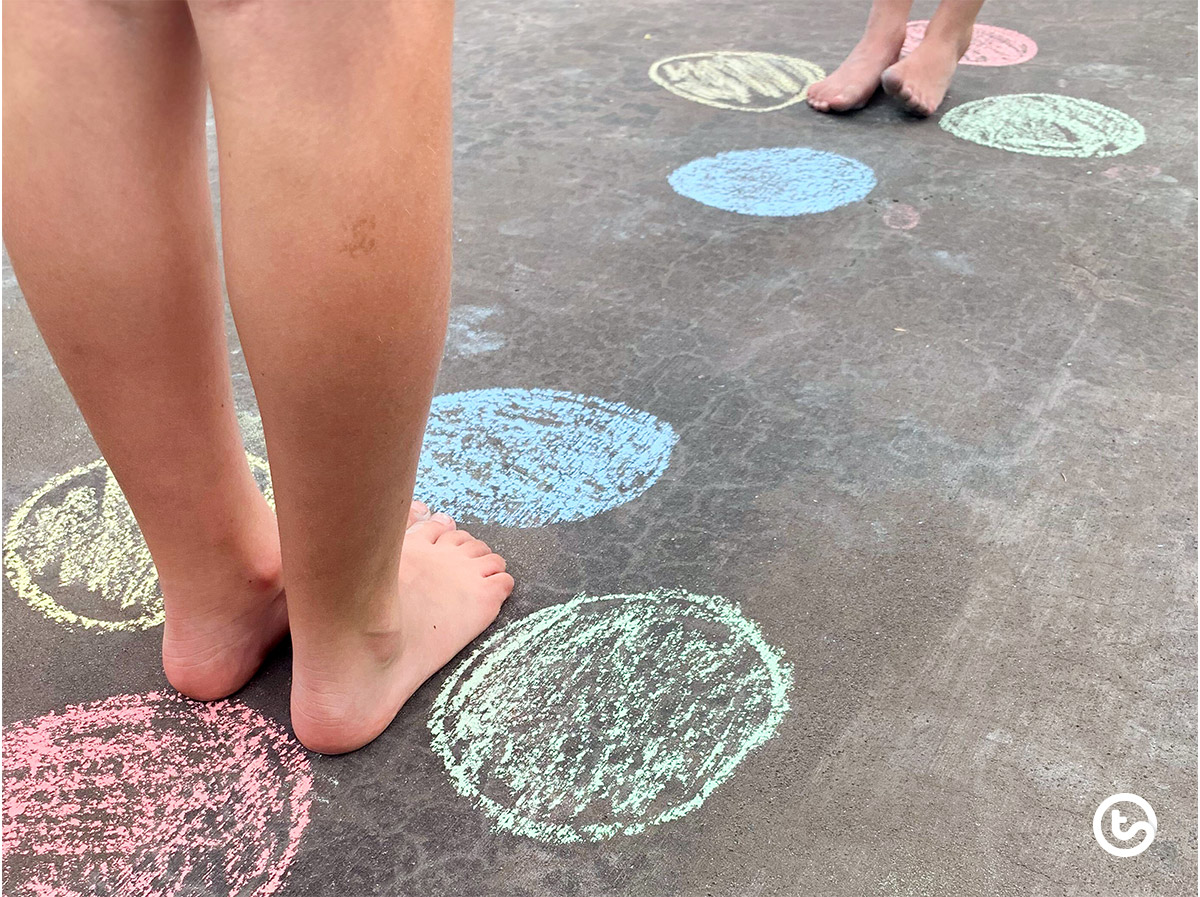
(8) Play ‘I went to the shops…’
This is a great game to challenge your students’ listening and memory skills. One child starts off the shopping list by saying “I went to the shops today and bought…” something. The next child continues by saying the previous item and adding their own item! Continue around the class working through the alphabet and adding items to the list.
For older students, why not make the items topic-specific, such as items you’ll find only in the rainforest?

Shutterstock.com / paulaphoto
These activities not only help students develop their working memory – but they also help with a raft of other skills.


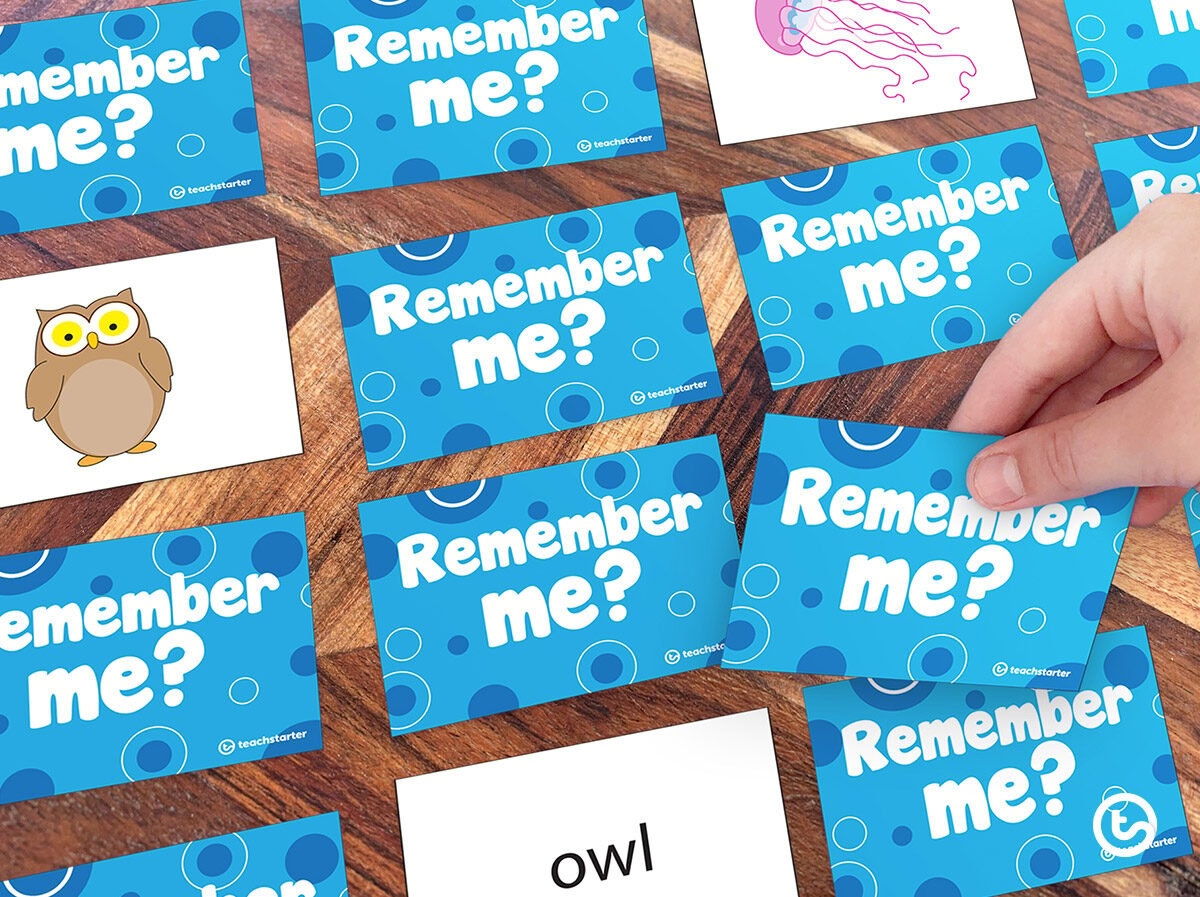
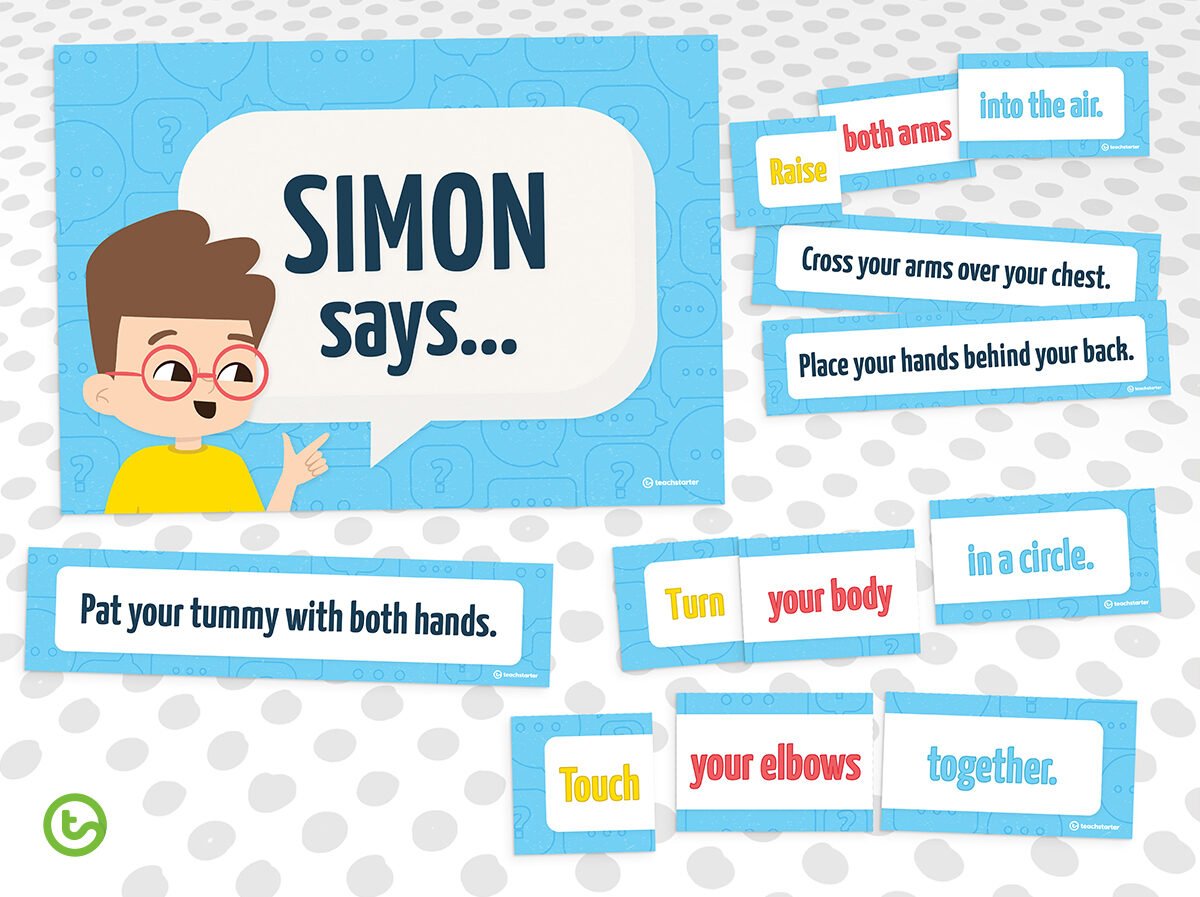






Comments